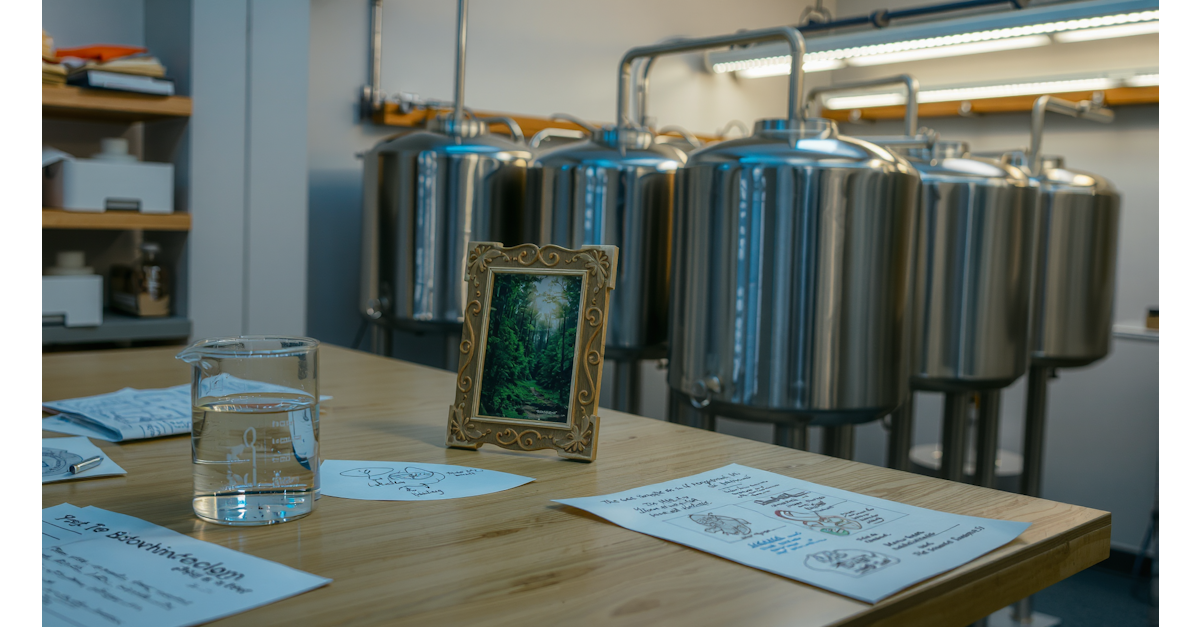New sustainability innovations and trends are constantly emerging under the umbrella of decarbonization and are evident across a range of material sectors. IDTechEx's portfolio of energy and decarbonization research reports includes next-generation raw materials, specialty chemicals and green steel production – three sectors where the need for sustainability is driving decarbonization.
White biotechnology and specialty chemicals
Specialty chemicals have a place in a wide range of high-performance products and across numerous industries, from food and beverage to cosmetics and industrial catalysts. They deliver precise functionality for their applications and help ensure products meet strict regulatory or performance requirements. These applications involve lower volumes than standard chemicals.
Given their widespread use and the emission of greenhouse gases during their production, there is a need for sustainable production of these chemicals. According to IDTechEx, white biotechnology offers a more sustainable route to its production, the benefits of which can include lower greenhouse gas emissions and fewer hazardous by-products, which has a positive impact on the environment.
White biotechnology, the industrial application of microorganisms, enzymes and biocatalytic processes, offers a powerful way to produce these chemicals more sustainably alongside the use of more renewable raw materials. It can also create opportunities for producing compounds that would otherwise be difficult to obtain using petrochemical approaches. IDTechEx's Biomanufacturing Specialty Chemicals 2026-2036: Technologies, Markets, Players, Forecasts and White Biotechnology 2025-2035: Technologies, Forecasts, Markets, Players reports together provide a comprehensive overview of these processes, with benchmarking, business landscapes and market forecasts.
Circularity and next generation raw materials
Next-generation raw materials describe an emerging wave of materials that can be used to produce sustainable chemicals, without issues related to land use or the use of food crops to produce chemicals. Renewable sources such as lignocellulosic biomass, including materials such as wood and agricultural waste, carbon dioxide and municipal waste, could provide an opportunity to significantly reduce harmful emissions in the production of chemical products if these feedstocks can replace traditional petrochemical feedstocks.
Biodegradable packaging, textiles and bio-based resins are just a few examples of the common and widespread applications for specialty chemicals, polymers and chemical intermediates made from next-generation raw materials.
The circular economy scope created by the fact that many next-generation raw materials are by-products of other industries enables end products to be sustainable and chemicals and polymers to make a valuable contribution to decarbonization. IDTechEx's report, “Next-Generation Feedstocks for Sustainable Chemicals 2025-2035: Markets, Players, Forecasts,” states that chemical production capacity from next-generation feedstocks is expected to reach over 11 million tons by 2035, representing a compound annual growth rate of 16%. However, this is still a fraction of the chemicals produced from traditional petrochemical feedstocks.
The push for green steel sustainability and the resulting challenges
Steel production is responsible for 8% of global CO22 Emissions. This large industry needs to be reimagined for a low carbon footprint future, as traditional blast furnace routes rely heavily on coal (both as a reductant and as a fuel). Hydrogen-based direct reduction iron (H2-DRI) could be the key to unlocking green steel, with many players looking to initially introduce natural gas-based direct reduced iron (NG-DRI) as a transition path. Other players are developing novel approaches such as electrochemical iron production, electrolysis of molten oxides and plasma-based reduction technologies. IDTechEx's report “Green Steel 2025-2035: Technologies, Players, Markets, Forecasts” covers developments, forecasts, key players and benchmarking within the industry.
Despite efforts to decarbonize the steel industry, there are still numerous barriers preventing the adoption of new, sustainable technologies. For example, government subsidies would be needed to support investments, as long payback periods and projects still in the development phase can deter potential investors. Government prioritization of green steel also varies regionally. While some countries are promoting the production of environmentally friendly steel and aiming for lower carbon emissions, there is a risk of “carbon leakage” when carbon-intensive, lower-cost steel is imported from abroad. To ensure a level playing field, careful measures such as the EU's CBAM (Cross Border Adjustment Mechanism) are required.
